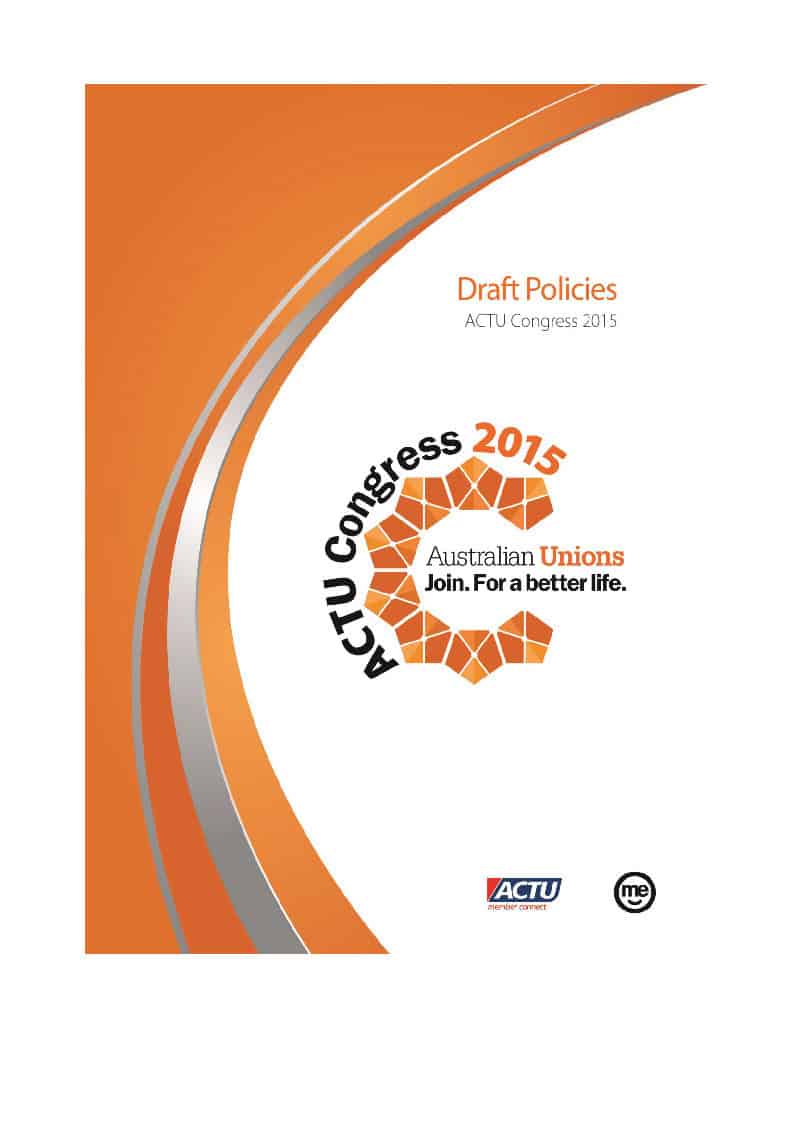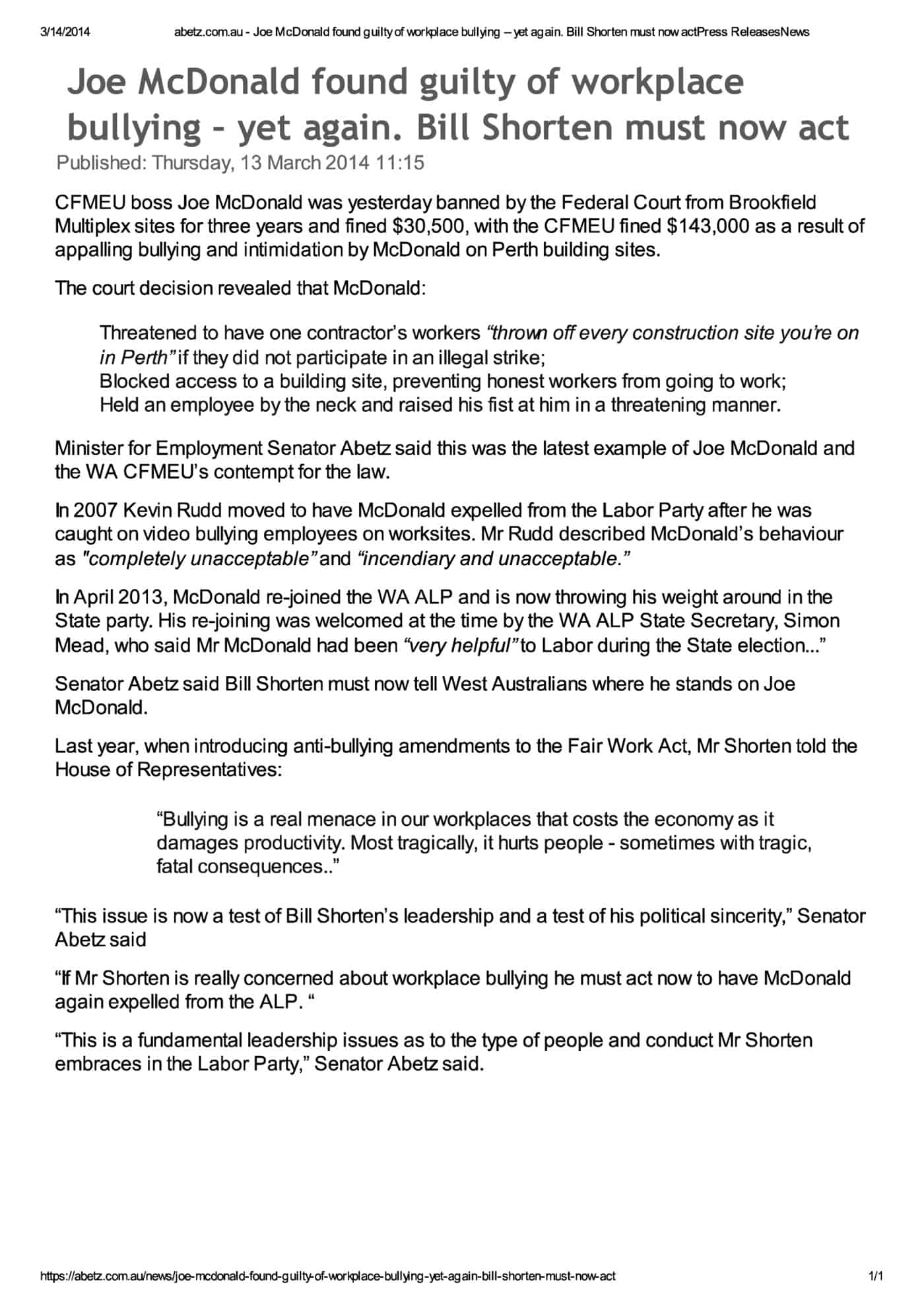Occupational health and safety (OHS) professionals are being encouraged to think differently about safety and to focus on the positives instead of the failures, the leads instead of the lags. This needs to be supported by how we describe workplace incidents and in this context the profession can learn from one aspect of the debate on family violence in which Australia is currently engaged.
One example is available in this article from Women’s Agenda. In it Editor Jane Gilmore writes about how the death of a women, murdered by a man, was described poorly by a newspaper. The headline removes the perpetrator from the action. Continue reading “Beware the power of words”

 The Australian Council of Trade Unions (ACTU) commences its
The Australian Council of Trade Unions (ACTU) commences its 
